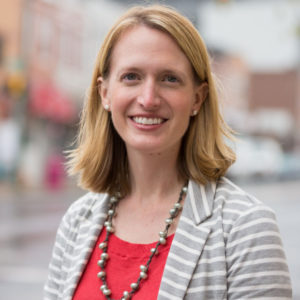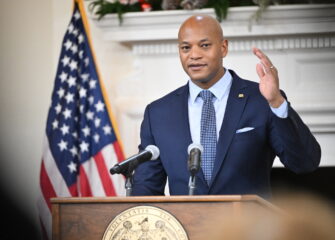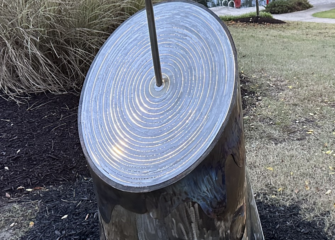Another 40% of revenues come from federal funds, and a combination of revenues from transportation, higher education and other special funds make up the remaining 20%.
The Board of Revenue Estimates last met in September, at which point Lierman said she was “cautiously optimistic” that Maryland would continue its trajectory of modest economic growth and avoid a recession, despite being at an elevated risk to experience one.
Maryland remains at an increased risk of recession, and the state’s economic progress will continue to hinge on spending decisions in Congress, including the recurring risk of a shutdown.
Budget Secretary Helene Grady said that Thursday’s numbers make the state’s projected structural deficit for Fiscal Year 2025 “a bit worse” than was previously predicted.
“This pattern that we’ve seen now since March is indicative of the extent to which our economy and our state budget is in a period of transition,” Grady said.
Grady reiterated that Gov. Wes Moore’s administration will be taking a “particularly disciplined approach” that will involve “hard choices” in drafting the state’s next budget, reiterating what the governor has for months said to state and local lawmakers.
The state’s roughly $63 billion operating budget is projected to have a $761 million structural deficit in fiscal year 2025, up from a previous estimate of $320 million, according to the Department of Legislative Services.
The shortfall is projected to hit $2.7 billion by fiscal year 2029, up from a previous estimate of $2.1 billion.
The long-term spending gap is attributed, in large part, to the state’s roughly $40 billion plan to reform public education systems.
Members of the legislative Spending Affordability Committee, which also met Thursday, have recommended cutting into the fiscal year 2025 shortfall by at least one-third, through either budget cuts or revenue boosts through higher taxes or program fees.
Doing so would leave a roughly $500 million gap that lawmakers could cover with rainy day money or other one-time funds.
Top Democrats on the committee, which makes annual recommendations to the governor and other lawmakers about state spending, personnel and surplus usage, have declined to rule out the possibility of raising taxes to uphold their policy commitments.
The committee has also recommended that the state increase its pace of hiring to lower its 11% vacancy rate.
The state generally budgets for an 8% vacancy rate, but hiring beyond that could add to the budget shortfall.
Filling government vacancies would improve services and prevent employees in some departments from having to log excessive amounts of overtime, while money from unfilled positions rolls over and cuts into the deficit.




